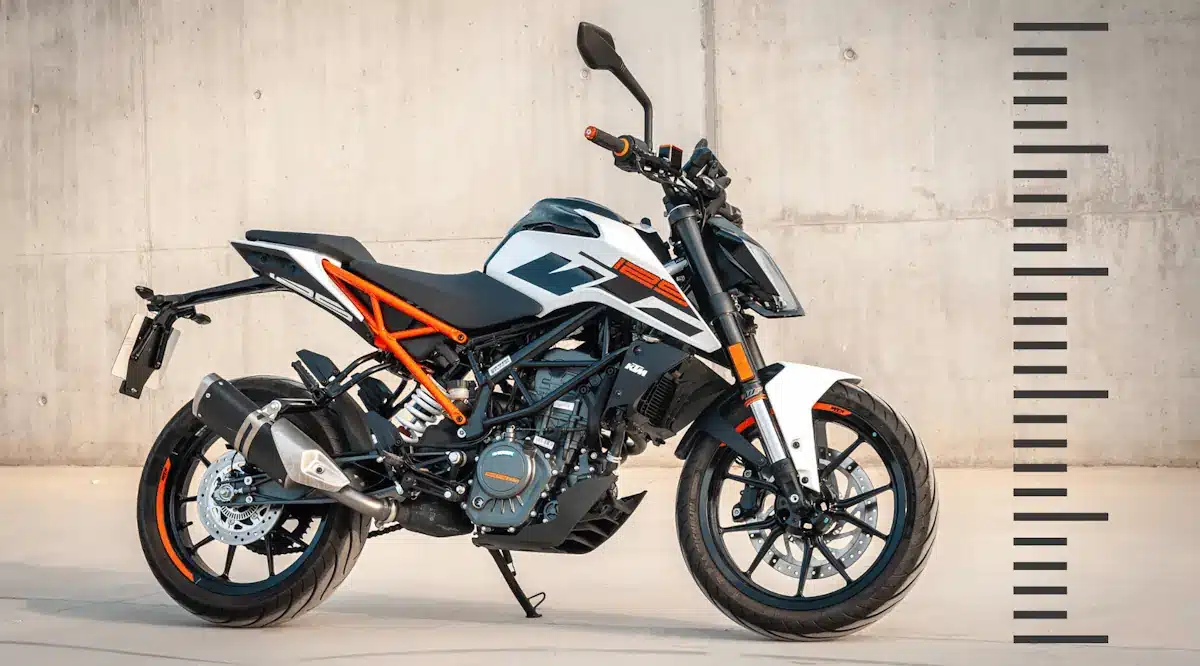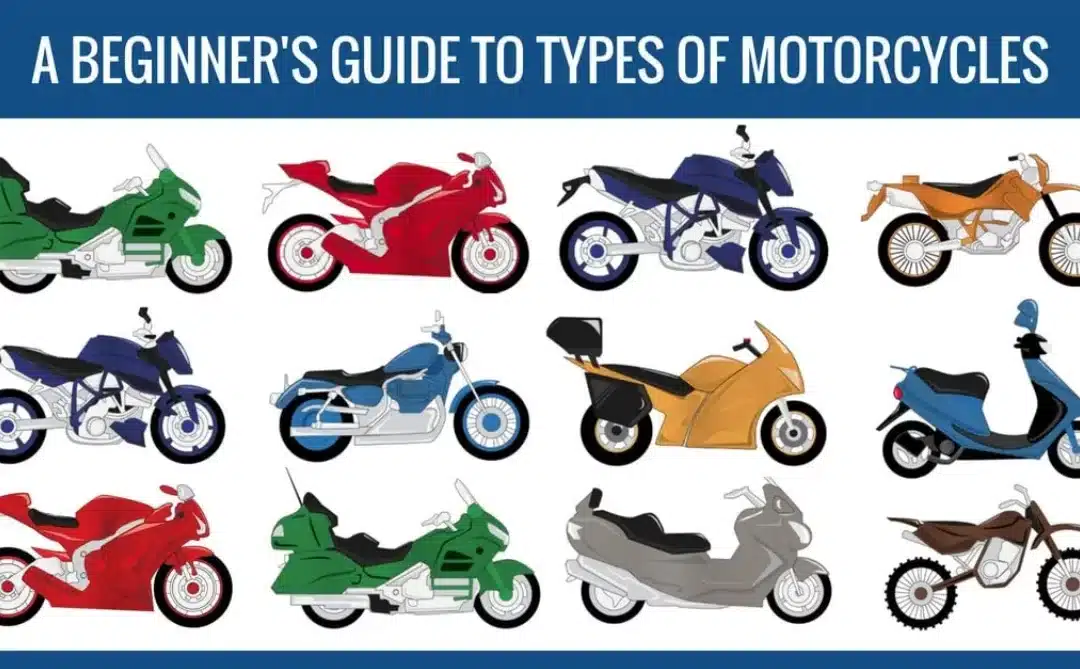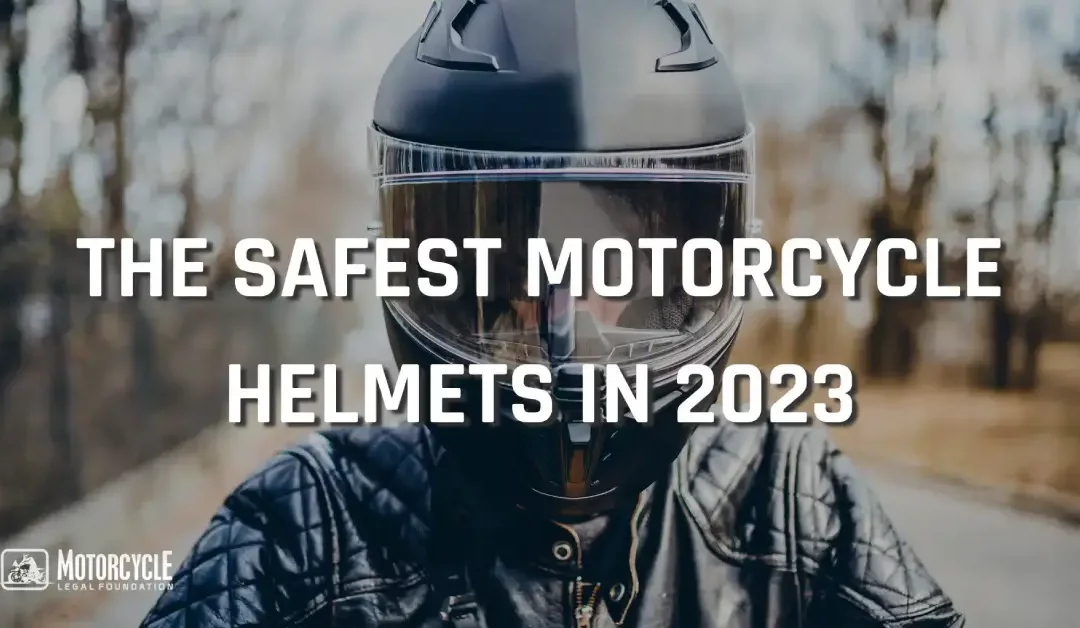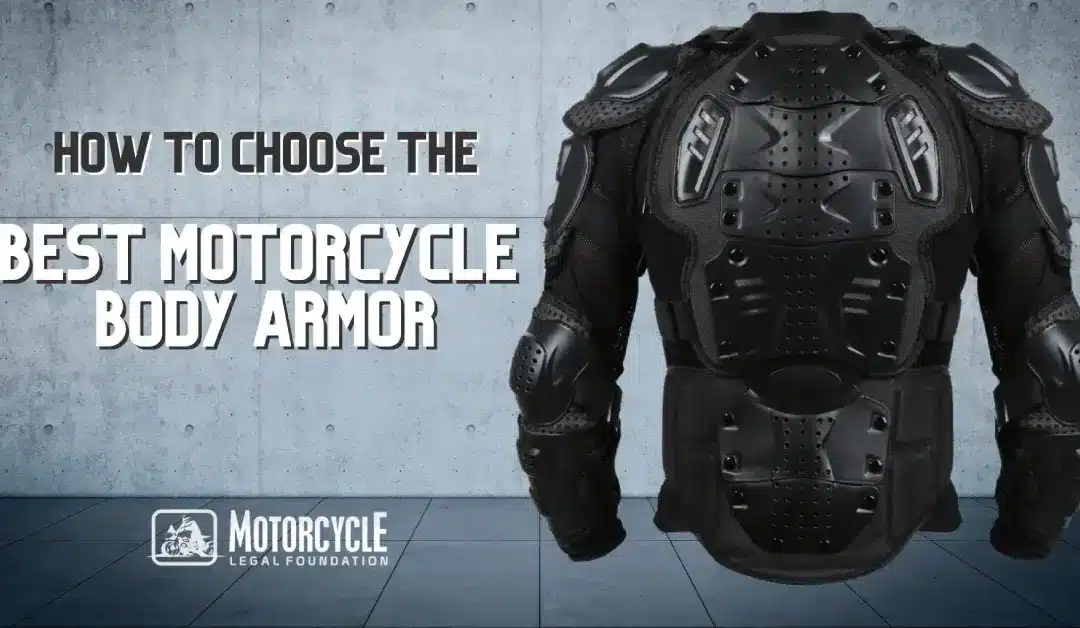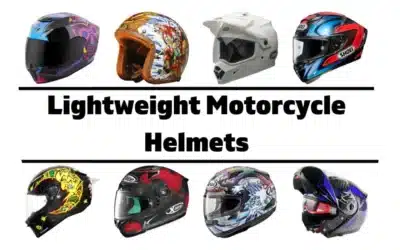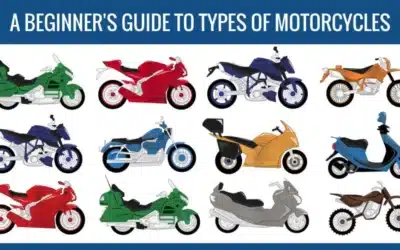Table of Contents
Add a header to begin generating the table of contents
Have you sat on a motorcycle, and it just didn’t feel right? Too high? Too low? Too wide and unable to reach the ground well? Does it seem to fit, but you don’t like the balance from side to side? Perhaps you’re just wondering what size motorcycle you need?
There are a lot of reasons why a motorcycle may not feel like it’s meant for you. Motorcycle riding is about comfort and feel, and lacking those key ergonomic components can be unsettling. To get the most out of your motorcycling experience and ensure that your rides are as safe as they can be, you need to have a motorcycle that fits your height and size. This article will help you achieve that below.
Signs of a Poorly Fitting Motorcycle
Motorcycling is about balance. Here are some signs that you can use to help identify poor fit:
- Unable to sit with both feet flat on the ground
- Being on the tip of your toes while standing
- Unable to reach the controls
- Stretching excessively to reach the hand or foot controls
- Unable to sit comfortably on the motorcycle
It’s natural for a new rider to feel awkward when handling their first motorcycle. However, if you generally feel awkward while on your motorcycle, that’s reason enough to take a closer look at the ergonomics and see if changes can be made to accommodate you. If you have a question on how you should sit, check out this article on motorcycle ergonomics.
How to Calculate the Right Height for Your Motorcycle Seat?
A popular method that bicycle riders use to determine their ideal seat height suggests standing barefoot on a hard surface with your back to a wall. Place a book between your legs with the spine facing away. Measure the distance from the floor to the top of the book and multiply the result by 0.883 and subtract an eighth of an inch to arrive at the right seat height.
Regardless of the results of a formula only you know whether you feel comfortable sitting on the motorcycle. A heavy bike may be difficult to keep upright when stopped without having the soles of both feet flat on the ground. A light motorcycle may be comfortable even when the seat height puts your weight more toward your toes.
Sitting on the bike also lets you feel how the suspension yields to your body weight to lower its profile. Other factors affecting seat height include the width of the seat and what you wear on your feet when riding. A wide seat may lift your legs farther off the ground while boots with thick soles and heels extend the reach of your legs and feet.
Considering Rider Weight Capacity
Before heading to your local dealer to shop for a motorcycle, weigh yourself. No, seriously, you need to know how much you weigh. How motorcycle maneuvers and the ability of its engine to perform at peak capacity depend on the amount of weight it carries.
You may not be close to the carrying capacity of a particular motorcycle, but your motorcycle will be carrying more than just your own body weight. Gear that you pack into saddle bags or carry in a backpack needs to be considered, and don’t forget to add the weight of passengers who may be joining you.
Carrying capacity or weight limits range from 350 to 450 pounds. An easy method to determine the carrying capacity of any motorcycle is to subtract a motorcycle’s weight from its gross vehicle weight rating or GVWR.
We’re not quite done with carrying capacity. Motorcycles have two weights: Dry weight and wet weight. Dry weight is found in the owner’s manual, but it does not include the weight added by gasoline and other fluids motorcycles need in order to operate, which gives you the wet weight. Use the wet weight to get the carrying capacity of a motorcycle by subtracting it from the GVWR. Here’s a hint to make the calculation easier: Those fluids weigh about 50 pounds.
Now that you know how much carrying capacity you need, use it to determine the size of the engine. Smaller engines work well when carrying lighter loads. If you plan to carry heavier loads, opt for a larger engine for more power and better efficiency.
Finding The Right Type of Motorcycle
Everyone has their perfect motorcycle in mind, and the question of what fits is always associated with that perfection. So, to give you an idea about the different types of motorcycles, we’ve broken them down a bit to give you enough information to have an opinion on what style will work best for you. For even more information on different types of motorcycles and which one may be the best size to start with, visit our Beginner’s Guide to Types of Motorcycles.
- Cruisers typically have pretty low seat heights. It’s often said that you sit in, rather than on, a cruiser which makes them a “comfortable” option with new riders. Cruisers come in various designs, from fundamental to intricate ones.
- Sportbikes are nimble athletes designed to be aerodynamic and allow high lean angles in the corners. Unfortunately, this can mean shorter riders will be on the tip of their toes trying to reach the ground.
- Touring motorcycles are the comfortable La-Z-Boys of the motorcycle world. Designed to ride an extended period with all the comforts, they tend to be on the heavier end of available choices. They can vary slightly from brand to brand and are typically mixed with Sport Touring designs that offer fewer comforts and replace them with sports styling.
- Standard styling is a simple mix of function and visual appeal. They do everything on the streets well and aren’t designed with a particular focus. Standards come in a variety of engine sizes, and accommodating motorcycle sizes, so you should be able to find something that fits you well.
- Dual-Sport motorcycles can do it all. They can cruise across the country, on the highway, or the dirt, so if you want the one style that you could ride anywhere year-round, the dual-sport may be what you’re after. The seat height tends to be a little taller because of the off-road clearance, so be sure to consider that when sizing.

A couple of things to note about generalizing the styling as it relates to fitment:
- Engine size doesn’t always equate to the capability of the motorcycle. A 600cc engine on a Standard may have half the power of a 600cc engine on a Sport motorcycle. Be sure to define what you want the motorcycle for, and allow that to guide what you need to look for. If you plan to commute and ride a little on the weekends, it may not make sense to get something with a big engine if it’s not necessary.
- Allow your experience also to guide you on the choice. If you’re new to motorcycling, be sure to decide on a motorcycle that fits your needs and what you can handle. A Touring motorcycle may be more weight than you’re ready to handle, yet a small standard may not be enough if you’re a big person.
What Size Motorcycle Do I Need?
There are several ways to check whether the motorcycle you’re looking at is the right size for you. Try the following:
- Get the bike in front of you: Whether you’re buying used or from a dealer, the first step should be to actually sit on the motorcycle you’re looking at.
- Get a feel for the weight distribution: Lean from side to side, move forward and backward, and generally get a feel for how the motorcycle feels under you. If any of those motions feel unnatural or overly difficult, that’s a good sign that the motorcycle isn’t a good size for you.
- Check the distance from the seat to the controls: Make sure that you can easily reach the foot and hand controls from the seat. If you have to stretch or twist to do this, the motorcycle is not a good size for you. This is also a good time to check how easy it is to reach the ground.
If for some reason you aren’t able to test the motorcycle out in person, or if you’re just doing some casual online shopping, don’t worry! You can use the information available online along with your own measurements to size your bike.
- Use published seat height measurements: This information is always available on the manufacturer site when looking at the motorcycle, typically under the “specs” section, and is an excellent way to compare motorcycles of a particular type. The process is easy; you simply check the seat height against your inseam to identify a rough estimate of whether the motorcycle will fit you while standing.
- Using online tools: We found a nifty motorcycle ergonomic simulator that you can try out before you head to the dealership. You input your height and inseam and the potential bike you’re choosing to see if it’s a comfortable fit. It’ll give you a good head start on which models to try first.
How to Adjust Your Motorcycle For a Perfect Fit
Sometimes we get locked into a motorcycle in our mind, and we can’t say no. So if you’ve found the perfect motorcycle, but it doesn’t fit perfectly, here’s what we’d do to make it fit right:
- Adjust the suspension to fit you: Off-road, motocross, and dual-sport style bikes have some of the highest seat heights to accommodate more suspension travel. You might assume that they would be too tall for shorter riders. The softer suspension on these bikes means they sag more under the rider’s weight and have relatively narrow seats, so it can be surprisingly easy to reach the ground on an off-road bike. If you are riding around on the street, you may be able to replace the suspension or add a modified suspension system to lower or raise a motorcycle to fit your size.
- Replace the motorcycle seat: One easy method to change the fit of a motorcycle is to change the seat. This works well for large touring bikes or cruisers where standard seats can have a lot of padding. Swapping for an aftermarket seat with a different shape and less padding can make a significant difference to seat height and reach to the ground, as well as the distance to the controls. In a lot of cases, it can increase comfort too.
Why It’s Important to Pick the Right Motorcycle Size
A motorcycle remains upright when in motion, but when it stops, the only thing keeping it from falling over is the rider. The right-size motorcycle is one that you can control at all times whether in motion or stopped.
Unless you can touch the ground and keep the bike from falling over, you will end up damaging your motorcycle and possibly injuring yourself. Standing on the tips of your toes will not give you the control needed to keep a cruiser weighing in excess of 550 pounds upright at a red traffic light. Before taking a test ride, sit on the motorcycle you’re thinking of buying with the engine off to see whether you can keep it from falling over.
The size of a motorcycle also affects your ability to reach controls and should not require over-stretching to reach handlebars. If anything feels awkward or not quite right, try a different model or brand until you find the motorcycle that fits you.
The goal is to find a motorcycle that feels right. You do not want one that requires adjustments in the way you sit or reach for controls and handlebars. If you do not feel comfortable now, try imagining how you will feel after riding for an hour or more in your current riding position on the motorcycle.
Conclusion
You might think of yourself as Goldilocks if you spend a day at the dealership sitting on bike after bike until you find the one that fits just right. We all have a reason why we want to ride. That may have a little input from styling or just the freedom of the open road. Whatever the case, whether buying new or shopping for a used model, be sure to try a lot of motorcycles until you find one that fits well enough. After all, motorcycles are an investment. If it doesn’t fit perfectly, there are ways to go from good enough to great. The options are out there, but be sure to check the safety and handling before you venture cross-country with new handling. All you need now is the proper gear and you’re ready to ride. As always, be safe out there!

